Sara Harper – the visionary CIO of UrbanBox Living – spearheads the effort to return the ERP system to a vanilla state. In this episode, we focus on replacing a custom Work Order Management ERP module for service technicians by modernizing and redefining the experience for their external service technicians as a new and integrated composable architecture component.
Problem: As was common in the past, UrbanBox’s previous CIO was a devout proponent of a unified, single ERP system catering to all internal and external processes—his grand vision aimed to offer a seamless and consistent end-user experience, regardless of affiliation. However, as Sara re-evaluated that scenario, she concluded that “consistency for all” was irrelevant to external third-party users. The uniformity that was once championed held little relevance for contracted service technicians, and costly ERP licenses were needlessly used.

Guide: Sara directs Priyanka, her experienced and tech-savvy business process analysts, to evaluate and review the processes. Priyanka maps out the precise work order management needs and how their functional needs can be met with a flexible and affordable external, web-accessible solution that exchanges work order data with the ERP system via its APIs. With project manager Matt, Sara investigates various commercially available Low-code/No-Code solutions to avoid a lengthy development cycle. But the search quickly turns futile, as these solutions all create vendor lock-in, require runtime licenses, and don’t provide sufficient confidence about scalability. Given that Vanenburg successfully addressed UrbanBox’s invoice processing needs with Rappit UnDoc, Sara again turns to Vanenburg to request a demonstration of their high productivity coding product solution, called Rappit Developer.
Plan: The demonstration of capabilities confirms that Rappit Developer meets UrbanBox’s functional requirements. It also illustrates that the data and transaction-focused Work Order Management module is an ideal candidate for rapid application development. In addition, Sara values the long-term benefit of avoiding vendor lock-in, given that applications generated by Rappit Developer do not require runtime licenses. Whatever code UrbanBox generates with Rappit Developer is their intellectual property. Sara confidently decides to move ahead with Rappit Developer and engage Vanenburg. Their deep industry and business application development experience gives Sara and Matt the assurance they have found the right product and partner for the job to be done.
Call to Action: Priyanka is quickly trained to use the Rappit Developer Design Studio. Armed with insight into the UrbanBox requirements, she captures every solution nuance in Rappit Developer’s Design Studio, including user roles, data model blueprints, workflow orchestrations, and registration of the required APIs for ERP integration.
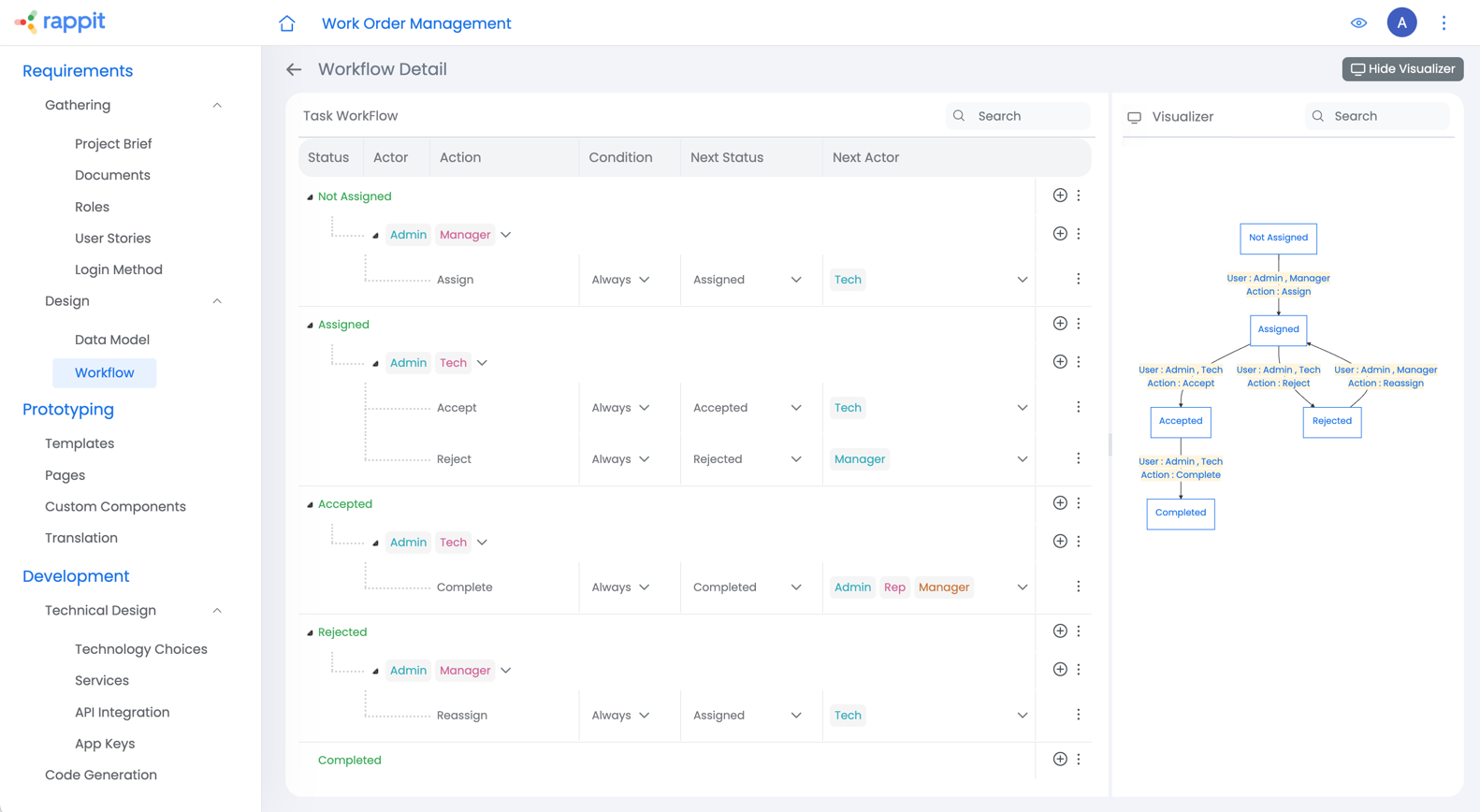
Depending on the required functionality, Rappit Developer can typically generate anywhere from 30-80% of the required code. For a transaction and data-driven application like the Work Order Management solution, 75% of the necessary code is expected to be generated.

With the design portion completed, Priyanka hands the project to Rob, the developer. Rob configures the CI/CD pipeline in Rappit Developer to push code to a Git repository, generates the initial code, and uses his preferred IDE to sync the code from the Git repository. After reviewing the code generated by Rappit Developer, Rob is pleased with the logical and well-designed structure, making it easy for him to identify where he should add his code. Rob uses his local IDE to develop the application logic for route optimization with an embedded Google Maps view and adds code to prioritize critical repair orders over routine maintenance. He also completes the necessary integrations with UrbanBox’s on-prem ERP system via a secure VPN tunnel.
Transformation: The application is deployed as a secure Progressive Web App (PWA) on Google Cloud to ensure easy access by the external contractor team of mobile technicians. CloudRun apps are fully managed, pay-as-you-use, with dynamic auto-scaling of resources. This means UrbanBox does not have to worry about a High Availability setup or the complexities of managing performance and scaling to accommodate unexpected spikes in usage.
Following a successful transition period, Sara sunsets the custom ERP module. With full ownership of the Rappit Developer-generated code for the replacement application, UrbanBox can further enhance the code to meet future needs.
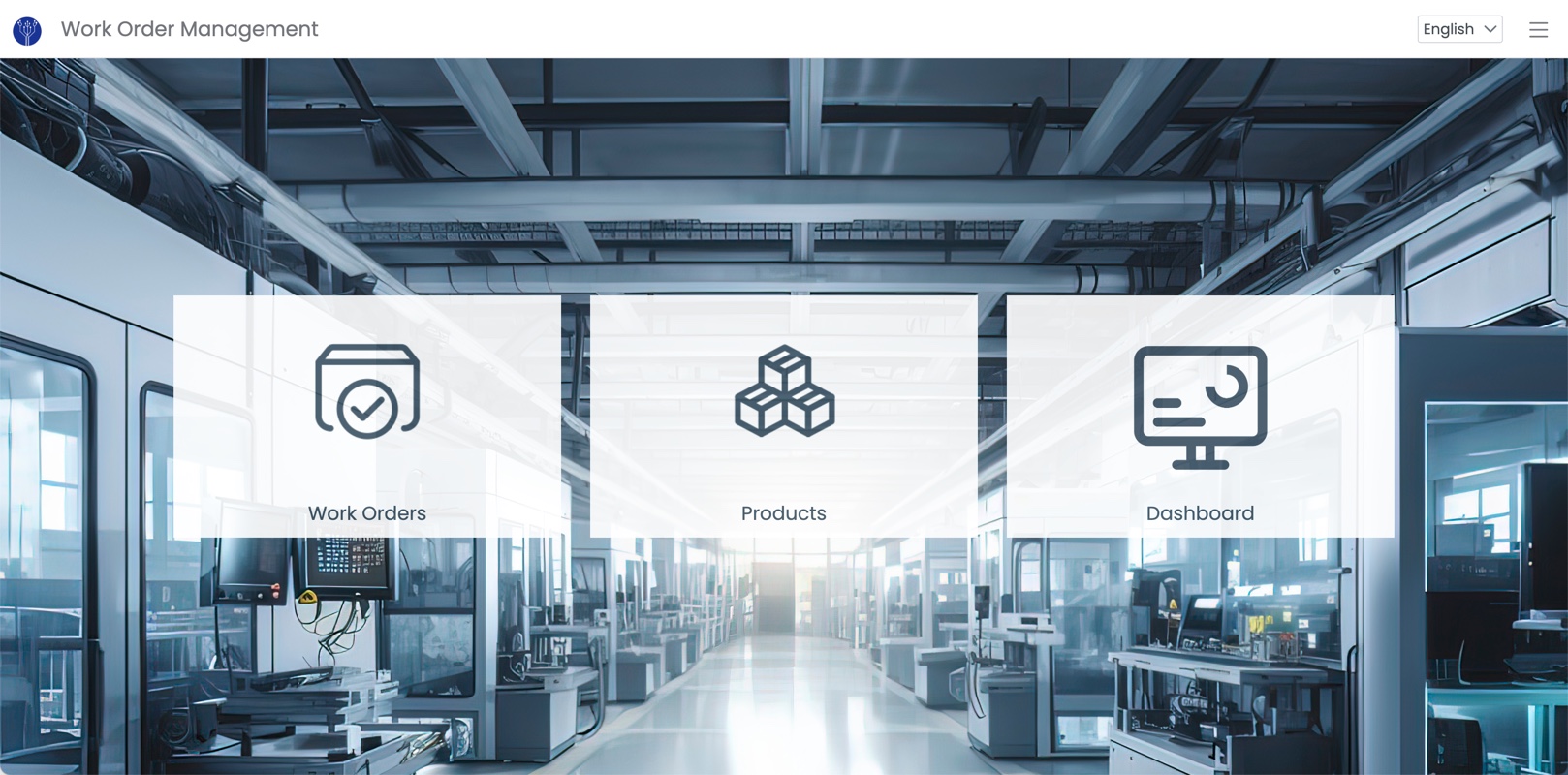

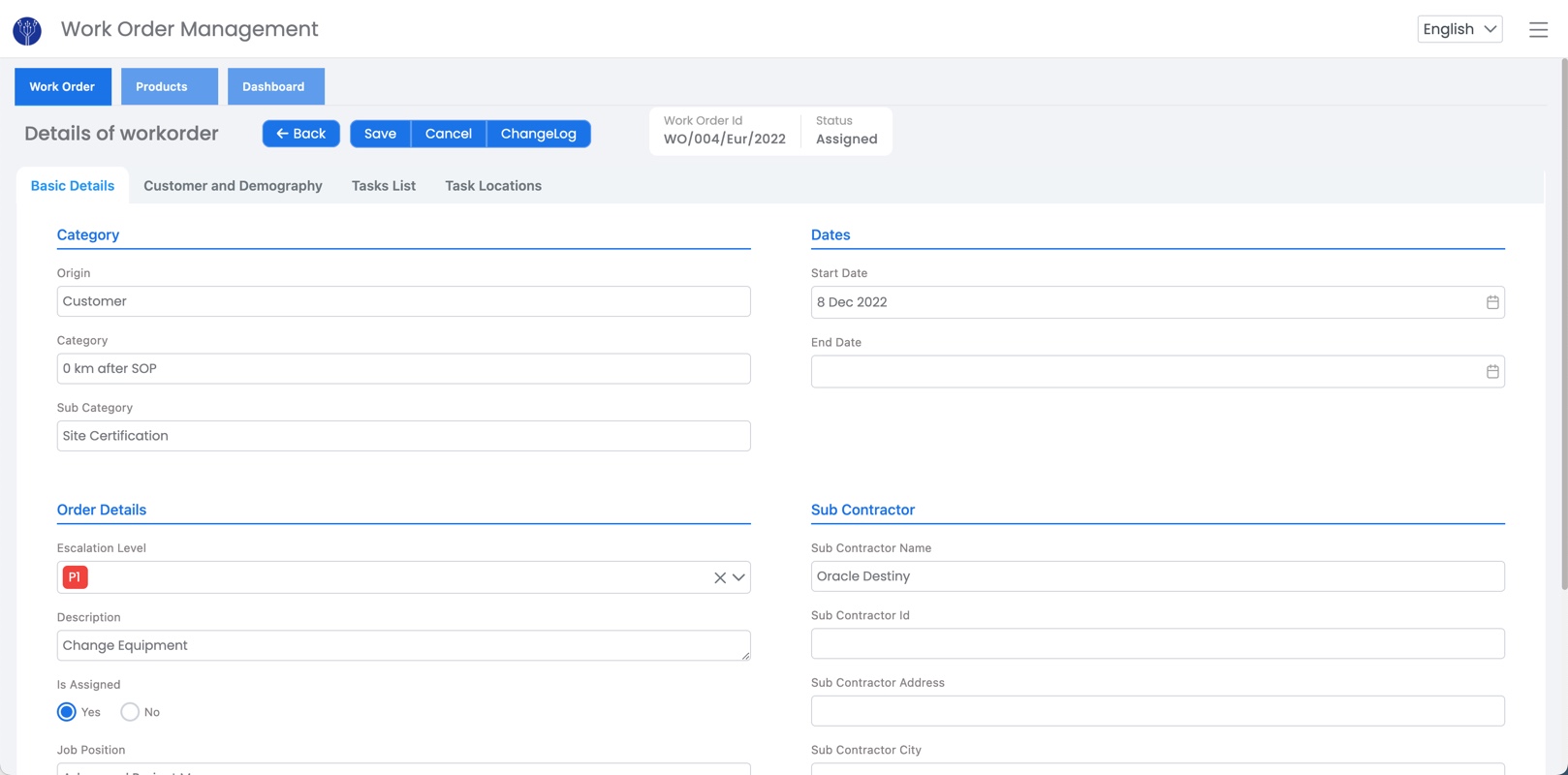
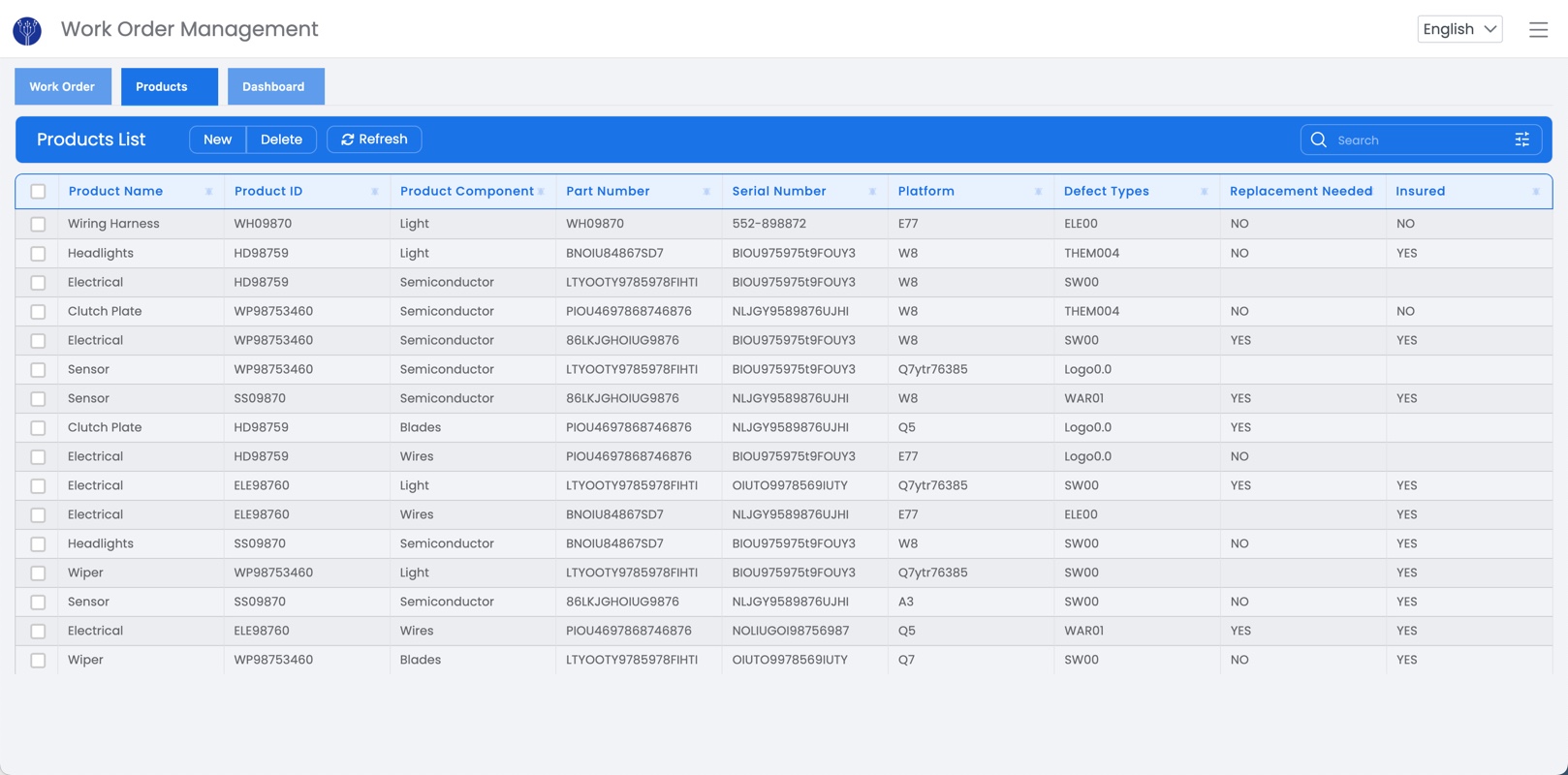
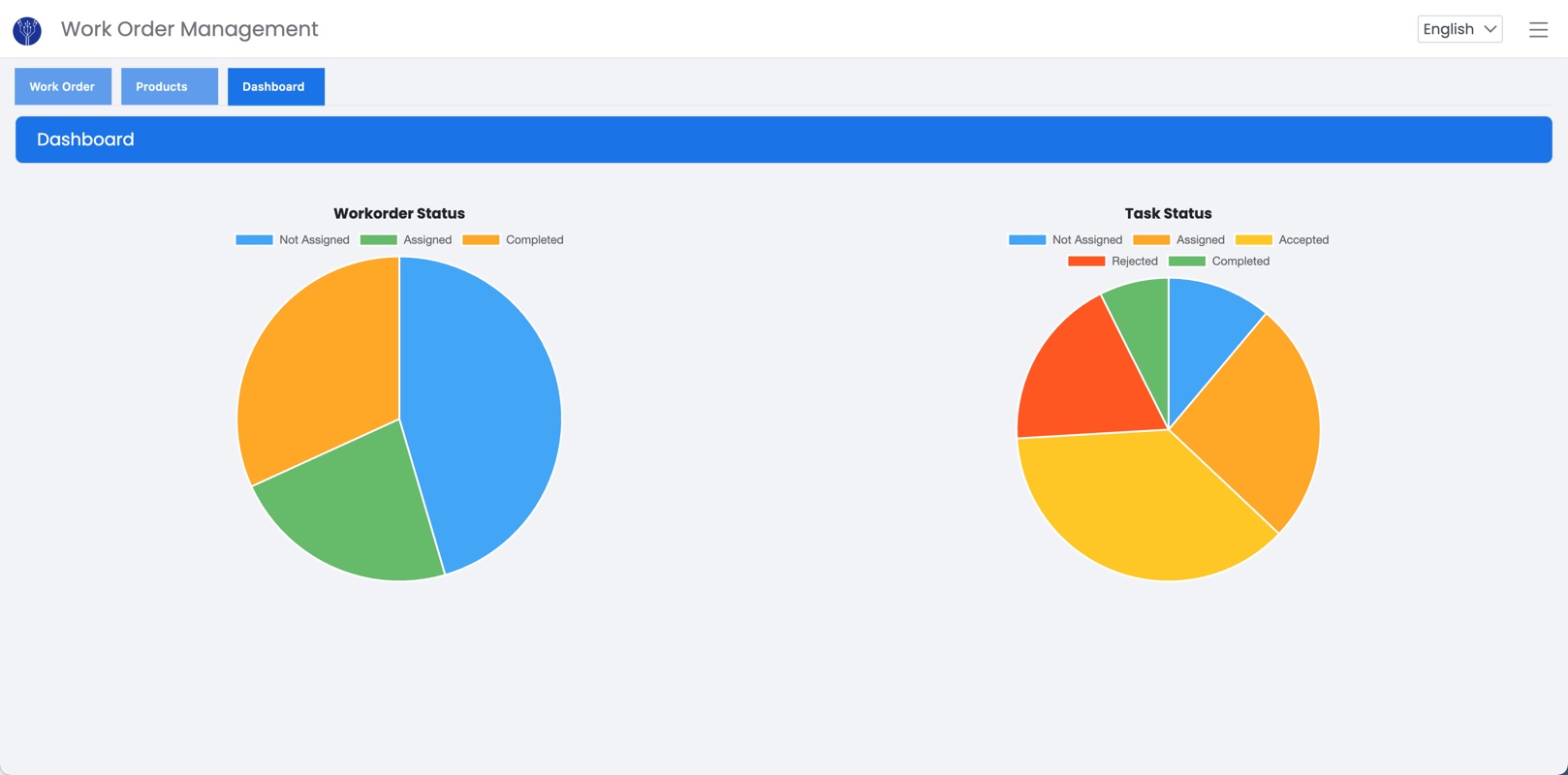
Outcome: After successfully launching the new cloud-based Work Order Management module for service technicians worldwide, the need for bulky laptops, a slew of VPN end-user licenses, and a sizeable portion of IT management costs have been eliminated. In addition, Sara has freed up a set of ERP end-user licenses at around $150,000 for reassignment to other employees, supporting UrbanBox’s near-term growth plans.
Given the speed and ease of development, Sara is pleased with the return on investment delivered by Rappit Developer. Her leadership has led to a streamlined experience, unlocking efficiency and practicality. The Service Technician Module’s replacement is a testament to Sara’s leadership and commitment to balancing innovation with practicality and cost control.
Curious how to avoid unnecessary user license costs for your core ERP system? Contact us to learn more! Keep an eye on our event calendar for webinars about enterprise software modernication with Rappit Developer.
So far, Sara has achieved annual savings of $180,000 on invoice processing services and freed up $150,000 worth of ERP licenses. In the next post in this blog series, Sara will tackle a new challenge: eliminating ERP customizations for shopfloor operations. Will she be able to save additional costs AND improve efficiency? Can she continue the streak of success in her ERP modernization journey? Stay tuned…



